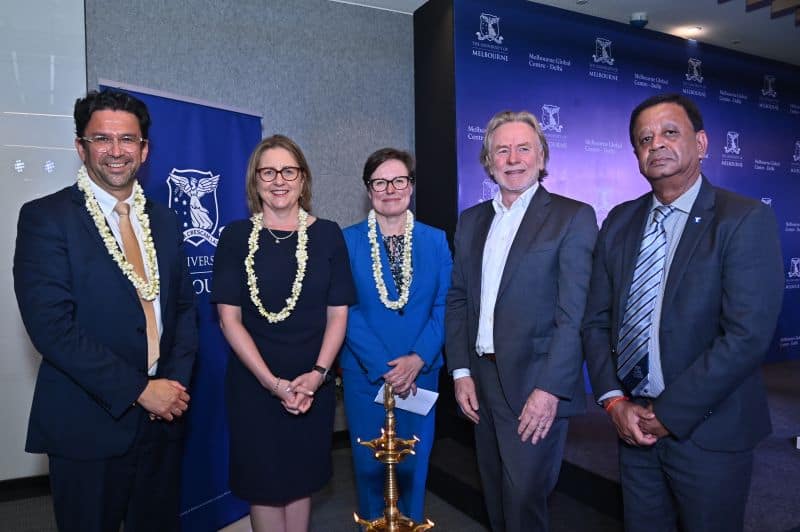On August 27, the Australian government announced that, subject to the passage of legislation before the parliament, a National Planning Level for new international student commencements will be set at 270,000 for calendar year 2025.
In a joint media release, ministers said that independent providers will be allocated 30,000 new student commencements, while public universities will receive an allocation of around 145,000.
Education minister Jason Clare suggested providers in the vocational education sector will see the largest reductions. Under the new “managed approach”, there will be around 95,000 new VET international student commencements in 2025.
It is understood that institutions will each be subject to individual caps for the duration of the academic year – although these have not yet been made public.
However, Clare said that as of August 27 universities would have begun receiving communications containing their individual caps for 2025, with the government intending to making this information public “in due course”.
One stakeholder “disappointed” with the allocation for independent providers is Peter Hendy, CEO of Independent Higher Education Association, pointing out that some institutions will only be able to recruit international students numbers at approximately 21% of the level allowed for public providers.
“Given the important role of independent higher education providers to the international education market, we have initial concerns that the 2025 allocation is only slightly better than the 27,000 international student commencements at independent providers during a Covid-ravaged 2021,” he said.
From the outset, IHEA has been opposed to capping of international students, especially the impact it could have on a sector that has already suffered from a “brutal visa processing regime”, said the peak body representing Australia’s independent higher education providers.
One change mostly welcomed by the sector is the proposed end to the controversial ministerial direction 107 from January 1 2025.
“While the end of ministerial direction 107 is important, it will be even more important that for the remainder of 2024, it is not used as blunt instrument to further damage the international education sector,” said Hendy.
Meanwhile, Neil Fitzroy, managing director, Australasia, Oxford International Education Group, said that “conflation of the planned rescinding of ministerial direction 107… does little to redress the concern that this Bill is a migration Bill masquerading as education policy”.
Group of Eight CEO Vicki Thomson said that in defending the caps, Clare “has engaged in a clumsy sleight of hand by conflating ministerial direction 107 – a visa processing capacity issue of the government’s own making – with caps”.
“Caps will not undo the damage of ministerial direction 107 as international students simply will not study where the Australian government tells them to,” pointed out Thomson.
For Fitzroy, sector fears have came true, in that the proposed enrolment caps have been “derived by a crude spreadsheet formula with little consideration of the individual contexts of providers or states”.
The legislation required to impose these enrolment caps has not yet been passed, or yet completed senate review, he reminded the sector, and yet global headlines “again reflect the confusion, chaos and contradictions reigning in Australian policy”.
Student confidence in Australia as a welcoming destination is today at serious risk
Neil Fitzroy, OIEG
“With four months until the end of calendar year, prospective students for 2025 intakes – including those with visas already issued, others already in Australia on a pre-sessional course, and those still deciding their study destination – have no further clarity on their future study plans. Student confidence in Australia as a welcoming destination is today at serious risk.”
“Prospective students, their parents, education agents and Australian education providers have a multitude of questions regarding the intended implementation of the proposed legislation – the information shared from department has raised more questions than it has answered,” said Fitzroy.
Just a day before the announcement, stakeholders gathered for the second day of Senate hearings on the ESOS bill. Significant concerns were raised – worries that still linger – about the economic impact of the enrolment caps, now known as the National Planning Level.
Thomson has since blasted government for its lack of economic modelling on the impact of caps on Australia’s economic outlook, raising concerns that the impact of caps had not been incorporated into economic forecasts.
Treasury officials said their work could not be characterised as modelling but instead described it as as “analysis” and “broad economic advice”. It was also revealed that economic modelling will be undertaken after caps are set, in what Thomson is calling a “startling admission”.
#Australias #enrolment #cap #unveiled #uncertainty #lingers










